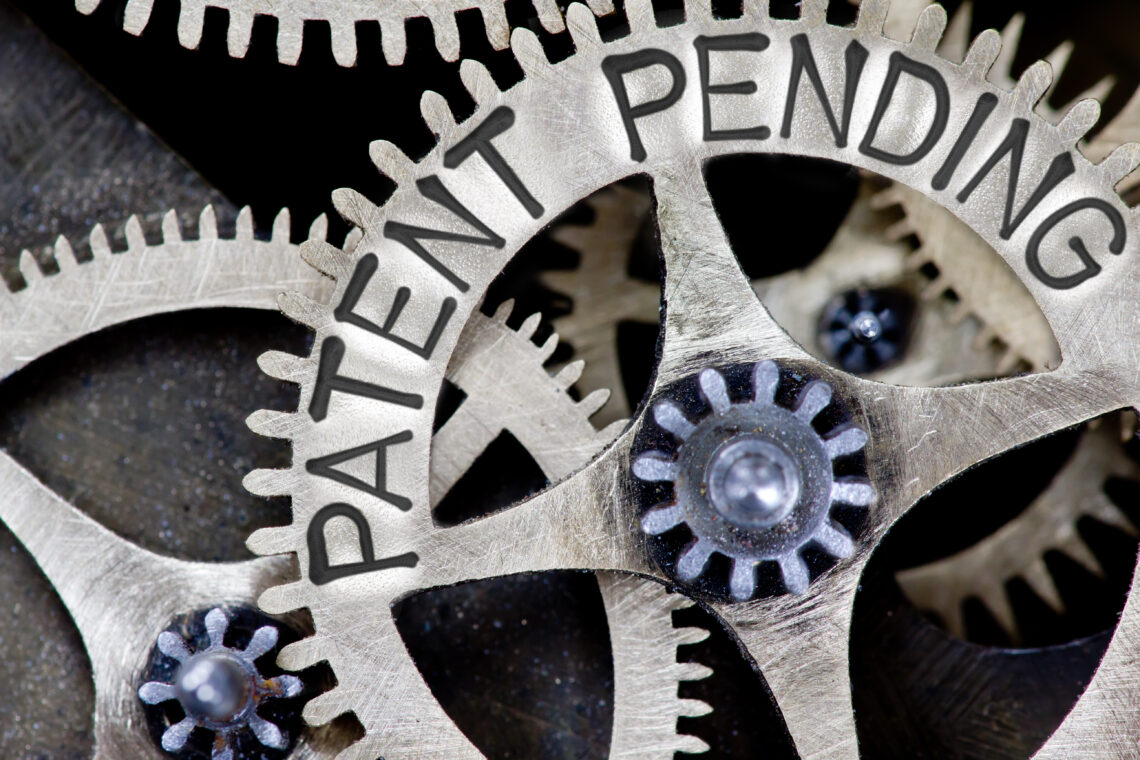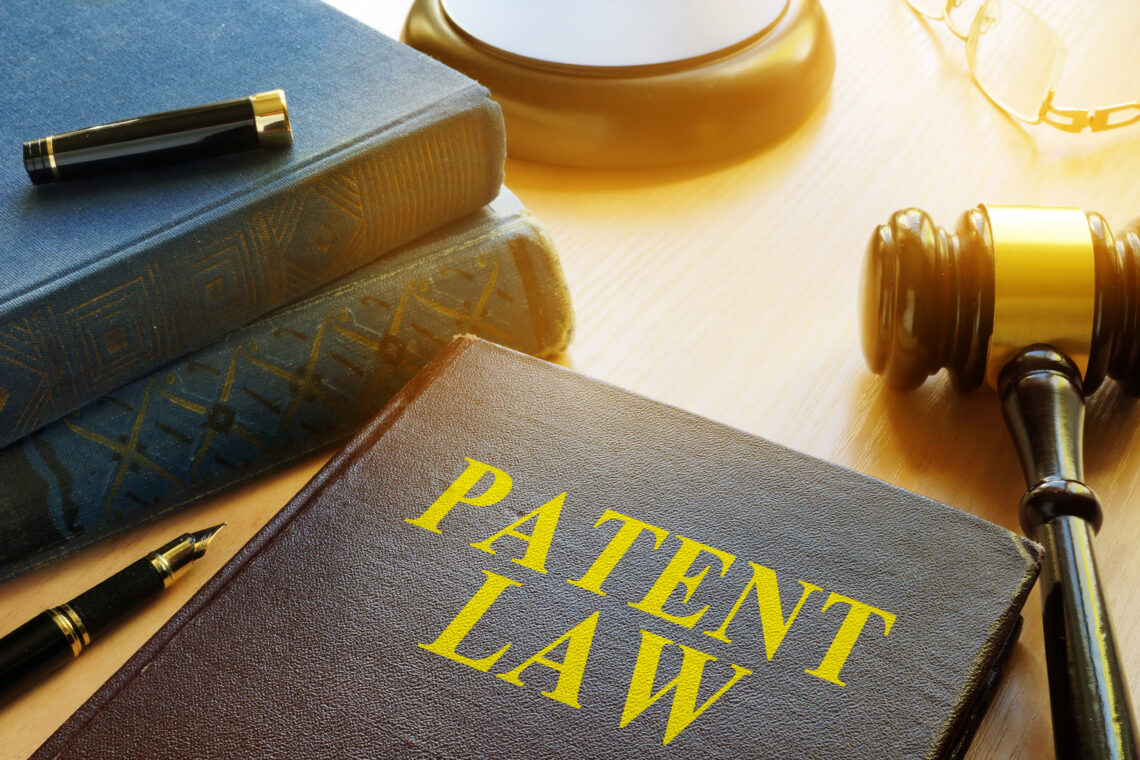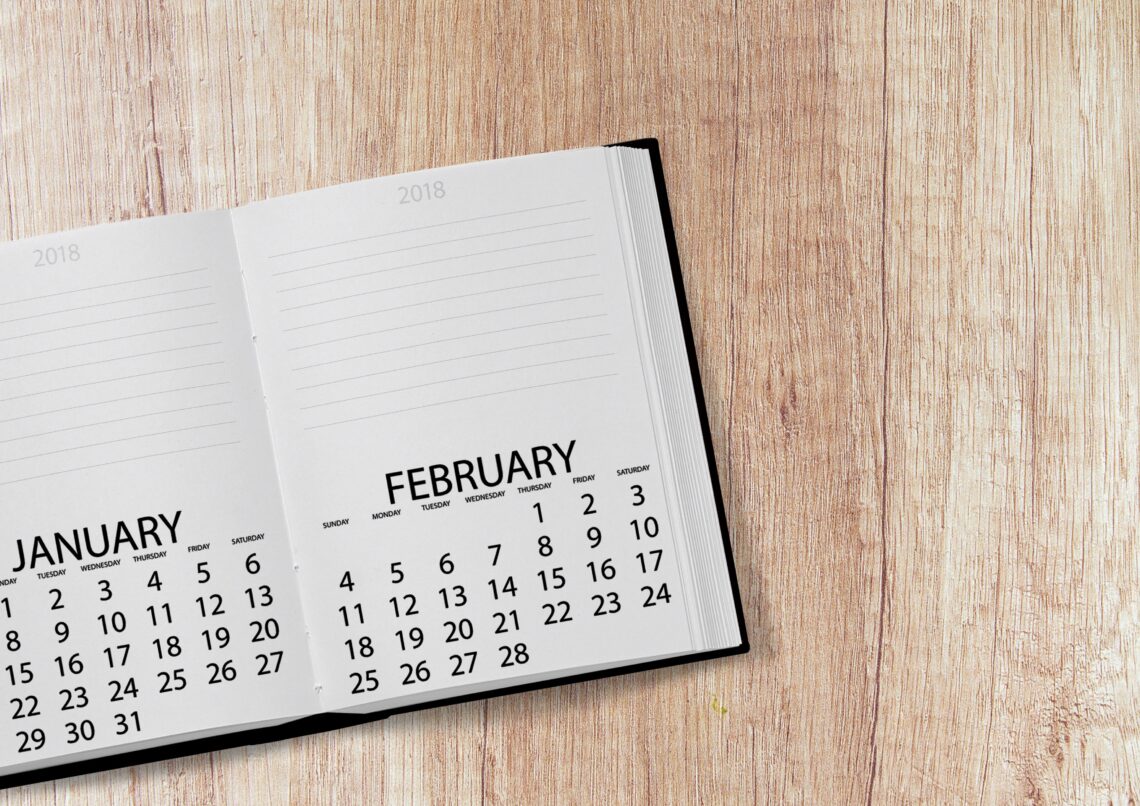A patent gives you the right to stop others from making, using, and selling your invention. Once you have a patent, the question then is whether someone is infringing on your patent rights. Can you stop someone from making your product? What if they make an invention like yours, but it is not identical? Are they infringing?
Continue ReadingNavigating the Patent Application Process: Tips and Tricks for First-Time Inventors
As a first-time inventor, navigating the patent application process can be an overwhelming experience. The process can be complex and confusing, with many legal requirements and technicalities to consider. However, with the right approach and mindset, you can successfully obtain a patent for your invention. In this article, we will provide tips and tricks for first-time inventors to help you navigate the patent application process.
Continue ReadingIf you are an inventor, you know that protecting your invention is crucial. One of the best ways to safeguard your invention is by obtaining a patent. However, the process of obtaining a patent can be complicated and time-consuming. In the meantime, you may wonder how to protect your invention before it is officially patented. The answer is “patent pending”. In this article, we will explain what “patent pending” means and how to use it to your advantage while you wait for your patent to be granted.
Continue ReadingAs a new inventor, you may have a great idea or invention that you want to protect through a patent. Patent law is a complex area that requires a clear understanding of the legal requirements, timelines, and procedures involved in the patent application process. This guide is intended to provide you with a comprehensive overview of the basics of patent law to help you understand the process of obtaining a patent and avoid common mistakes that can jeopardize your application.
Continue ReadingAs an inventor, filing a patent application can be an intimidating process. However, it is a critical step in protecting your intellectual property and to potentially prevent others from making your invention. Unfortunately, many inventors make mistakes during the application process that can delay or jeopardize their application. In this article, we will discuss five common mistakes to avoid when filing a patent application.
Continue ReadingAmazon has created an Amazon Brand Registry which allows sellers selling products under their own unique brand to register that brand and claim ownership of it. There are several advantages to registering which isn’t the focus of this article, but basically if someone sells product under your brand on Amazon, you can tell Amazon to remove it since you own that brand. The key though, is to make sure your trademark meets the requirements for Amazon Brand Registry. Continue Reading
A provisional patent application is a great tool to temporarily protect your invention with the US Patent Office, but it is useful only if you also file a non-provisional patent application within 12 months. If not used properly, the provisional patent application will not protect your invention.
Continue ReadingIt is not hard to get a patent if you invent something very unique, have the money to pay for the legal fees to pursue a patent, and are willing to take a patent of modest strength. These factors affect how likely it is for you to get a patent.
Continue ReadingWhat is a child patent application? Continuation and divisional patent applications
A child patent application is a follow up of a previously filed patent application. The previously filed application is called the parent, whereas the later filed application is called the child. The child application is used to ask the Patent Office for a patent that covers a different variation of the invention, or a patent that provides stronger coverage than the parent. Continue Reading
Once you show your invention to the public, you must file a patent application within 12 months or lose the ability to get a patent for your own invention. Continue Reading










